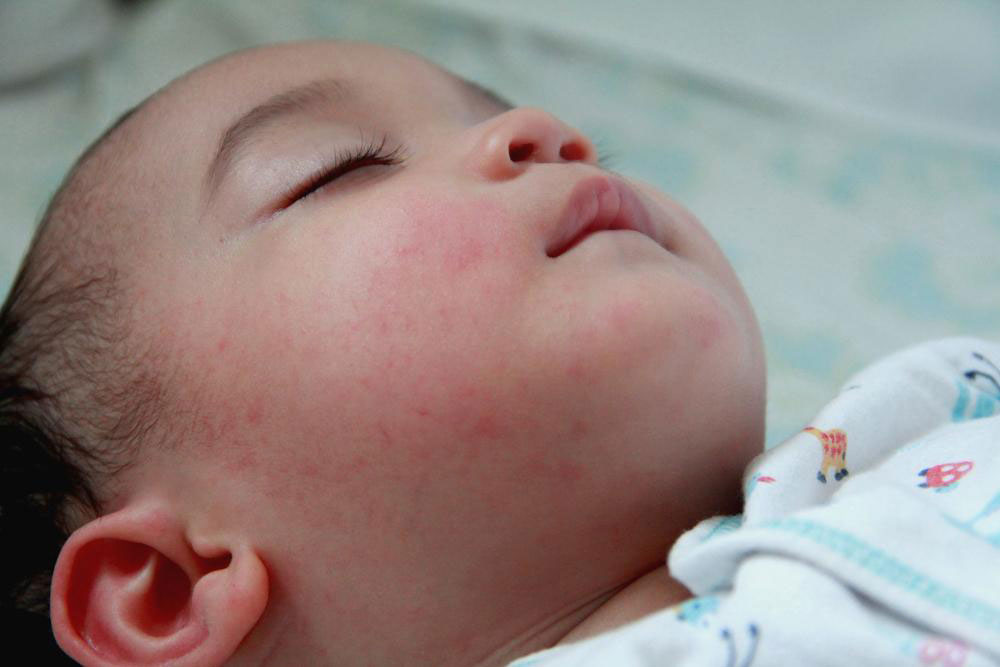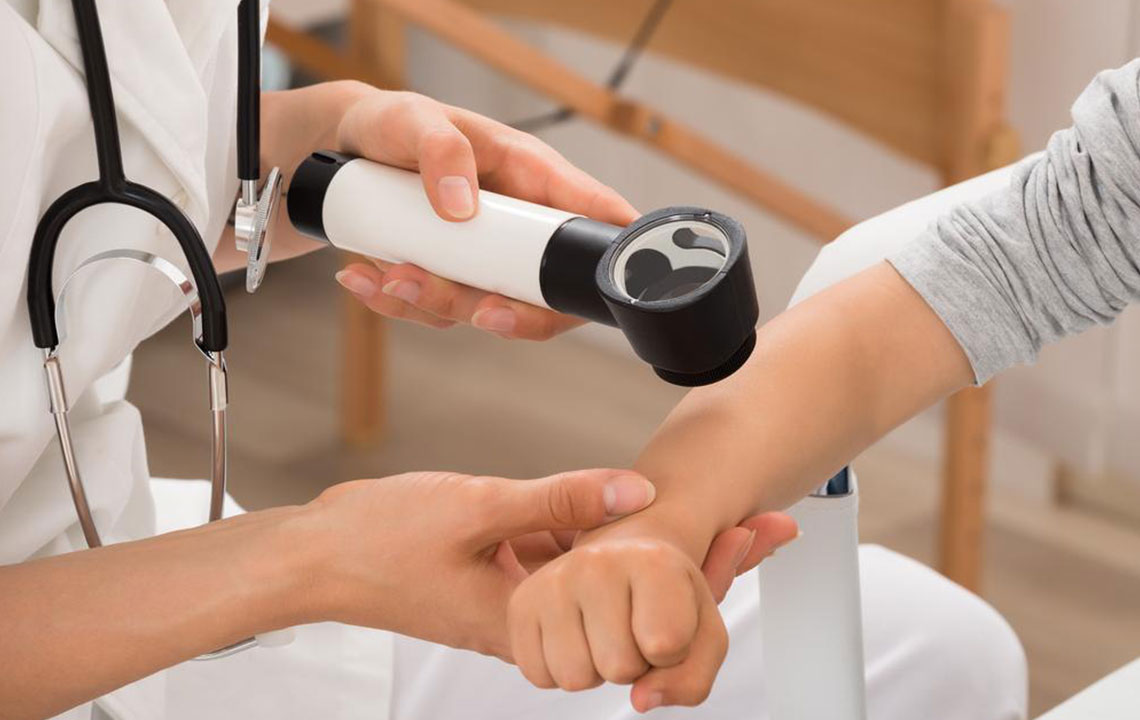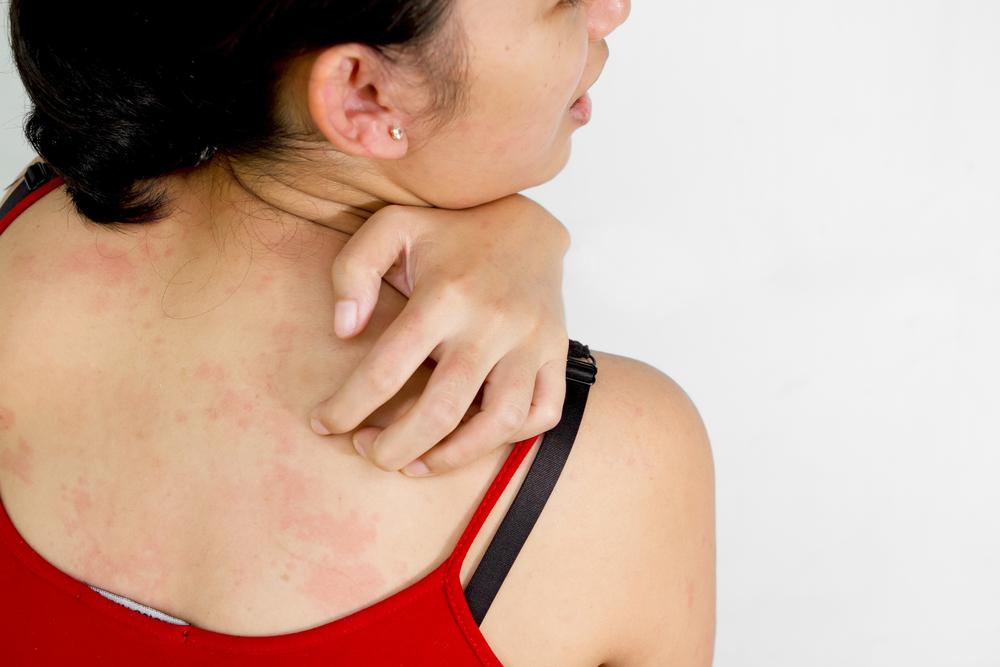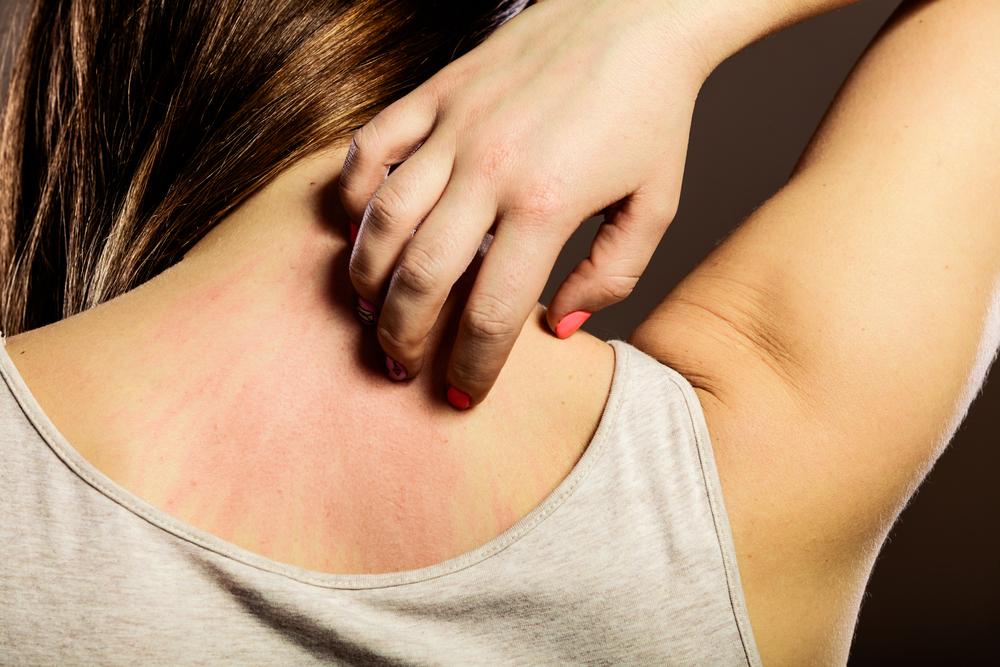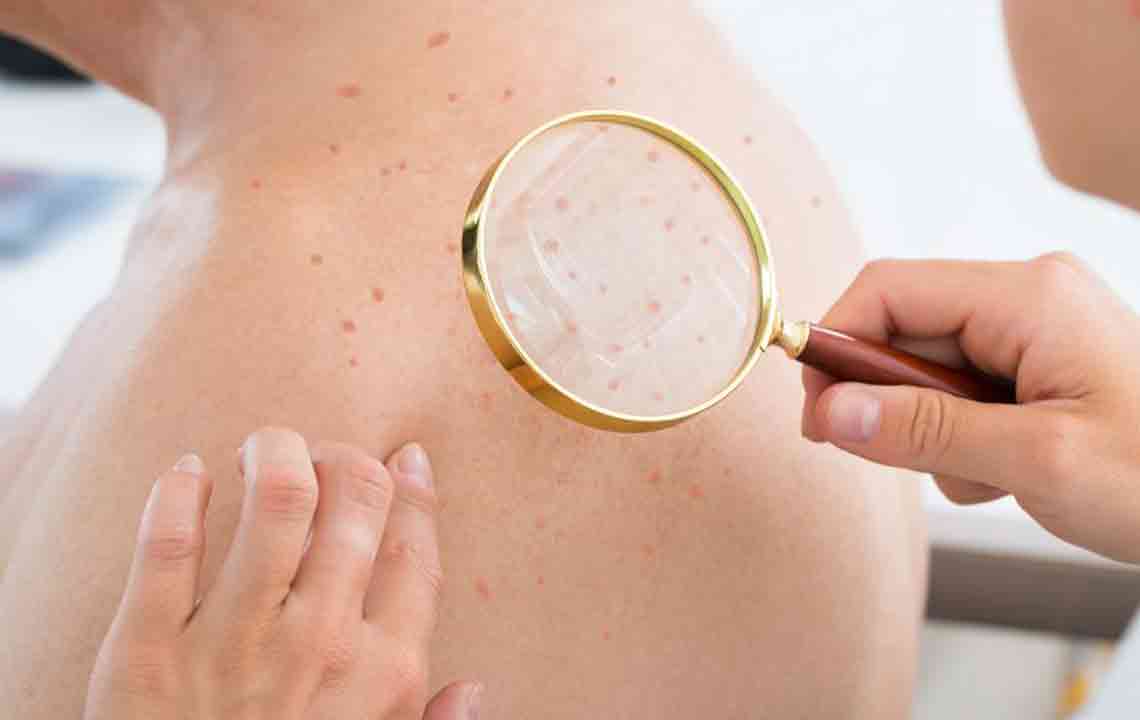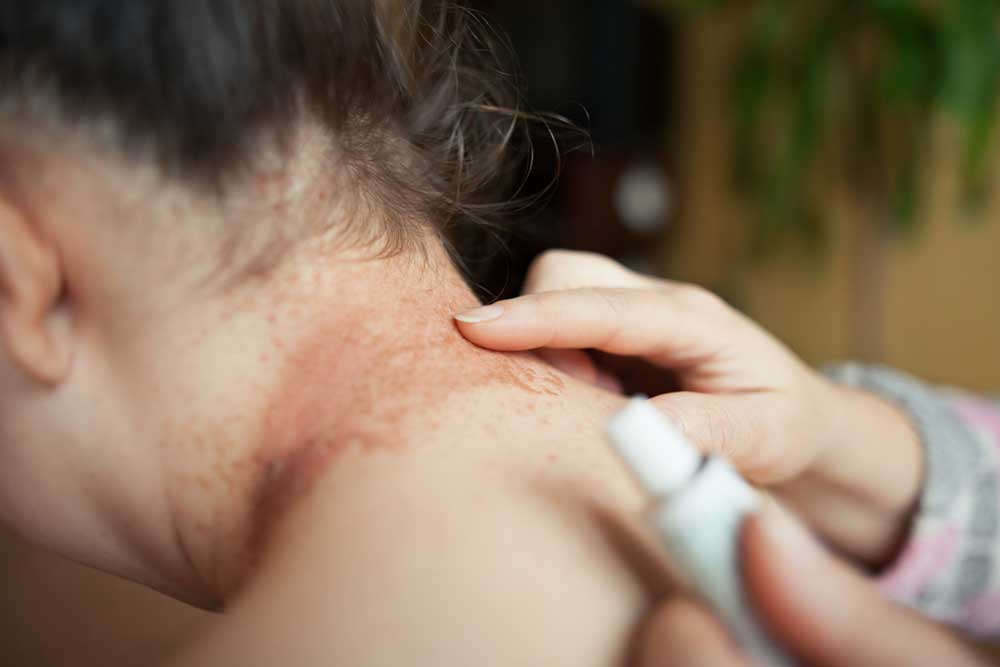Essential Guide to Understanding and Managing Baby Eczema
Discover everything about baby eczema, including causes, symptoms, treatment options, and preventive tips. Learn how to effectively manage this common skin condition affecting infants and ensure your baby's skin stays healthy and comfortable with expert insights and care strategies.

Essential Guide to Understanding and Managing Baby Eczema
Baby eczema, also called atopic dermatitis, is a common skin condition affecting children aged 0-5. It manifests as dry, flaky patches and inflamed bumps on the skin. Babies with compromised skin barriers may struggle to retain moisture, leading to inflammation and dryness. Treatment involves specialized creams and maintaining proper skin hygiene. Usually self-resolving, baby eczema can improve over time with proper care.
Family history of allergies can contribute to eczema in infants, although non-allergic babies can also develop it.
Causes of baby eczema:
Heat exposure from diapers, tight clothes, or blankets
Contact with dust, pollen, and stuffed animals
Genetic factors inherited from parents, especially breastfeeding mothers
Drooling leading to skin dryness
Signs and symptoms:
Dry, flaky patches on cheeks, neck, arms, and legs
Red bumps and irritation
Intense itching, causing discomfort
Symptoms can vary by age and may be invisible at times, leading to persistent irritation until the condition resolves.
Management tips:
Apply soothing moisturizers and creams to prevent dryness
Consult a doctor if symptoms persist or worsen
Use medicated creams prescribed by healthcare providers to reduce inflammation and irritation
Precautionary measures:
Avoid irritants such as harsh fabrics and chemicals
Trim baby's nails to prevent scratching and skin damage
Dress babies in loose, breathable clothing
Wash new clothes before dressing your baby

